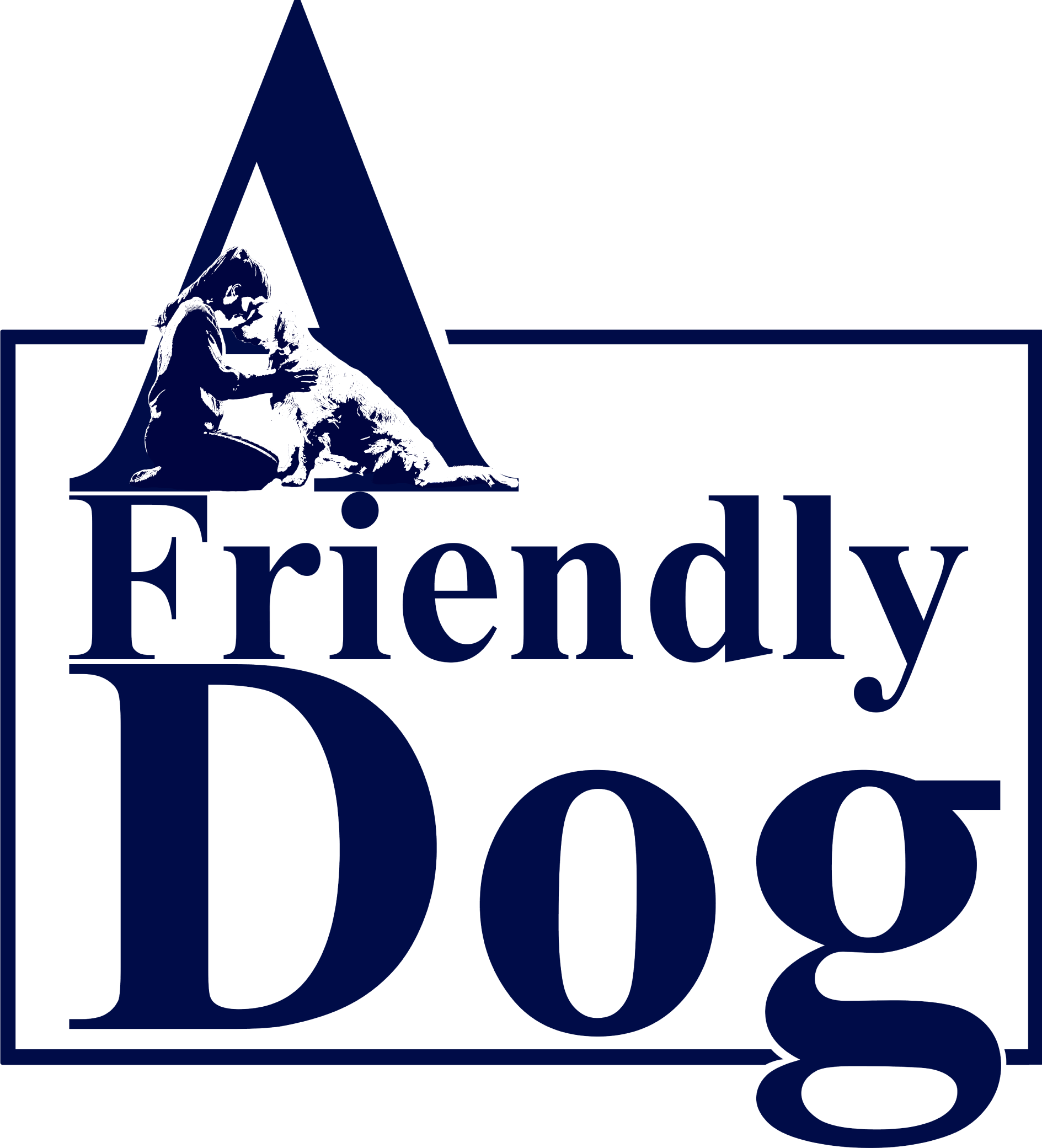Never go to an unauthorized practitioner or utilize a service that has no verifiable evidence of benefit. Of course, any threat of harm is never a replacement for more conventional means of healing. For instance, if the therapy promises minimal pain or invasiveness for better long term results, it’s dangerous to your pet and may result in a negative, and even detrimental course of counteraction.
In other words, the animal may end up needing emergency care or having an even worsened condition than before the “treatments.” This is why many modalities are questionable, such as CBD, acupuncture or acupressure and herbalism. What is good for humans is not always advisable for pets. Even such practices as gentle yoga and stretching come with sometimes inobvious dangers. A good rule of thumb is to always be on the safe side and never put your dog at risk of injury, emotional trauma or having comprimised conventional care.
At present, both osteopathy and chiropractic therapies, which are complementary and alternative options, are regulated in the same manner as conventional medicine. This type of regulation is known as statutory professional regulation. It still doesn’t mean that it’s guaranteed to be effective or promote a minimally invasive process. Just as with any other practice, the objective is to obtain results and not always at the benefit of your dog. It’s up to you to decide whether it’s safe enough to try and be prepared to immediately stop any unpleasant treatments.
If you are seeking a complementary and alternative medicine where practitioners are not subject to professional statutory regulation, it is advisable to utilize professional bodies or voluntary registers, if available, to assist you in finding a practitioner. Also, seek out information regarding the business through the Better Business Bureau and make sure there are no complaints against the practitioner. It may prove beneficial to talk with other dog parents that have utilized the holistic service about their experiences. Referrals may come from unexpected places, such as even at the vet’s office or groomers.
It is recommended to inquire about the procedures for lodging complaints against a practitioner. For instance, find out if the association or register accepts complaints and what measures they will take if you have concerns regarding your treatment. Be ready to take note of all your interactions with the practitioner and provide close observation of your dog’s reactions to not only the treatment, but also to the care environment, any noticable sounds (soothing or otherwise distracting), the practitioner’s demeanor with your dog and other factors such as lighting and level of overall comfort including temperature.

